You expect a smooth, comfortable ride when you hop in your vehicle. If you notice every bump and dip in the road, it’s a sign something is going on with your vehicle’s suspension. How do you improve handling and ride comfort?
How suspension controls handling and ride comfort
The suspension system is crucial in controlling handling and ride comfort. It is responsible for absorbing shocks and vibrations from the road surface and maintaining contact between the tires and the road. Without this, you wouldn’t have stability and control of the vehicle.
The suspension system controls:
Handling – The suspension system helps maintain the vehicle’s stability while it is in motion. It does this by controlling the movement of the wheels and keeping them in contact with the road. This helps the driver maintain control even in rough or uneven terrain.
Ride comfort – A well-designed suspension system can provide a comfortable ride even on rough roads, minimizing the discomfort felt by passengers.
Weight distribution – The suspension system also helps distribute the vehicle’s weight evenly, improving handling and ride comfort. When the weight is evenly distributed, the car is less likely to sway or bounce around as you’re driving down the road.
Cornering – When the vehicle corners, the suspension system keeps the body of the vehicle level, which helps to maintain traction and stability.
Braking – The suspension system prevents the wheels from locking up and allows the vehicle to come to a stop smoothly and safely.
Improving your vehicle’s ride quality can make your driving experience more comfortable and enjoyable and even reflect your personality. As a driver, you may have unique preferences for how your vehicle handles and the overall driving experience.
How you can improve the right quality
Technology is the key to today’s driving experience. We’ve been increasing every aspect of the everyday commute in just a few short years. Cars today help you drive, navigate, and park. They alert you to potential problems long before they impact your drive.
Yet you can’t rely entirely on technology to alert you of minor issues that can impact your comfort. Some of that comes from scheduling regular maintenance. An auto repair shop is critical to ensuring your car’s longest lifespan. For the suspension to be in top condition, pay attention to:
Check tire pressure – A smooth ride depends on how well your tires connect with the road. Make sure your tires are inflated to the recommended pressure. Overinflated or underinflated tires can lead to a harsh ride and poor handling.
Replace worn-out shocks and struts – Shocks and struts help absorb bumps and vibrations from the road, providing a smooth and comfortable ride. When worn out, the vehicle may bounce or jolt excessively, making the ride uncomfortable and potentially causing motion sickness. Shocks and struts also play a crucial role in the handling and stability of the vehicle. They help the wheels stay in contact with the road, providing traction and grip during acceleration, braking, and cornering. When worn out, the vehicle may feel unstable, wander or drift on the road, or even sway or roll during turns. Replacing worn-out shocks and struts can improve the handling and stability as well as restore the smoothness and comfort of the ride.
Check wheel balance and alignment – Misaligned wheels can cause uneven tire wear, poor handling, and a rough ride. Wheel balancing involves adjusting the weight distribution of the tire and wheel assembly to ensure that it rotates evenly around its axis. When a tire and wheel assembly is incorrectly balanced, it can cause vibration, uneven tire wear, and handling problems. On the other hand, wheel alignment involves adjusting the angle and position of the wheels relative to the vehicle and the road surface. When wheels are misaligned, they can cause a range of problems, including uneven tire wear, poor handling, and decreased fuel efficiency. Each process helps improve handling, reduce tire wear, and improve fuel efficiency.
Install high-quality tires – Higher quality tires can significantly improve the driving experience by providing better traction, handling, comfort, and safety. High-quality tires typically have better tread designs and compounds that provide superior grip on the road, especially in wet or slippery conditions. This improved traction can lead to better acceleration, braking, and cornering, making the vehicle more stable and responsive. They also tend to have more advanced construction and materials, resulting in a more precise and consistent handling experience. With better feedback and control, the vehicle will feel more connected to the road, allowing the driver to maneuver more confidently.
Reduce vehicle weight – Too much weight in a vehicle can significantly impact the suspension system, which is responsible for supporting the weight of the car and its occupants, as well as absorbing shocks and vibrations from the road. When a vehicle is overloaded, the suspension may sag or compress beyond normal limits, causing the ride height to lower. This can lead to reduced ground clearance, decreased handling and stability, and increased tire wear.
It can also strain the suspension components, such as springs, shocks, and struts. This can cause them to wear out more quickly or even fail prematurely, compromising the vehicle’s safety. And when a vehicle is overloaded with extra sports equipment and weekend to-do items, it may be more challenging to control and handle, especially during sudden maneuvers or emergencies. The suspension system may not effectively absorb shocks and vibrations, causing the vehicle to bounce, sway or roll more than usual.
Improve handling today – your car will thank you
What will it take to improve how your vehicle handles on the road? A lot of it is based on your suspension system.
If you take care of your car and schedule regular maintenance visits with your auto repair shop, you’re more likely to keep your vehicle in good working condition for life.
How can we help you ensure proper handling of your vehicle? If you’ve noticed a problem with your suspension system, it’s time to schedule an inspection.


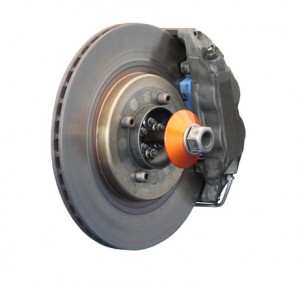 Regenerative braking does however have its limitations. Typically this system is only available on the wheels that drive the vehicle – so for a front wheel driven vehicle, it only applies to the two front wheels. This means your vehicle is only generating power on these two wheels. Because more action and power is associated with these wheels, they will have more wear and tear on both the wheels and tires, and on the brakes and brake pads. Which means you may be replacing tires, brakes and brake pads on a more frequent basis than those on the rear of the vehicle.
Regenerative braking does however have its limitations. Typically this system is only available on the wheels that drive the vehicle – so for a front wheel driven vehicle, it only applies to the two front wheels. This means your vehicle is only generating power on these two wheels. Because more action and power is associated with these wheels, they will have more wear and tear on both the wheels and tires, and on the brakes and brake pads. Which means you may be replacing tires, brakes and brake pads on a more frequent basis than those on the rear of the vehicle.
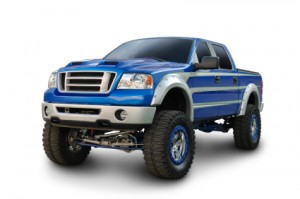
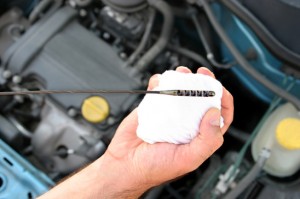


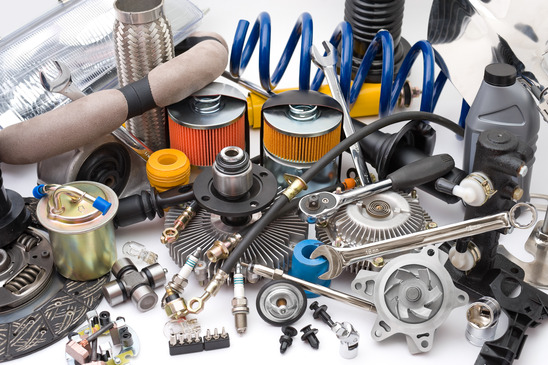
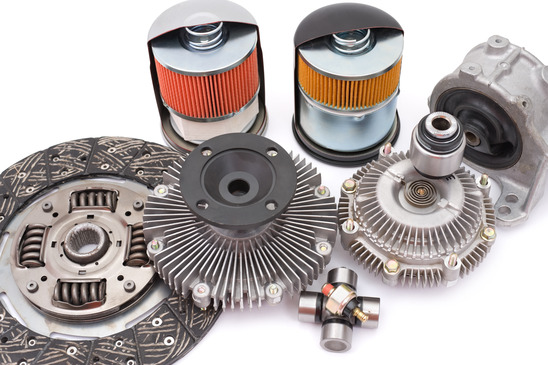
 male customer base, others are embracing the fact that women now take control over many things in their family’s household … including their automobiles.
male customer base, others are embracing the fact that women now take control over many things in their family’s household … including their automobiles.